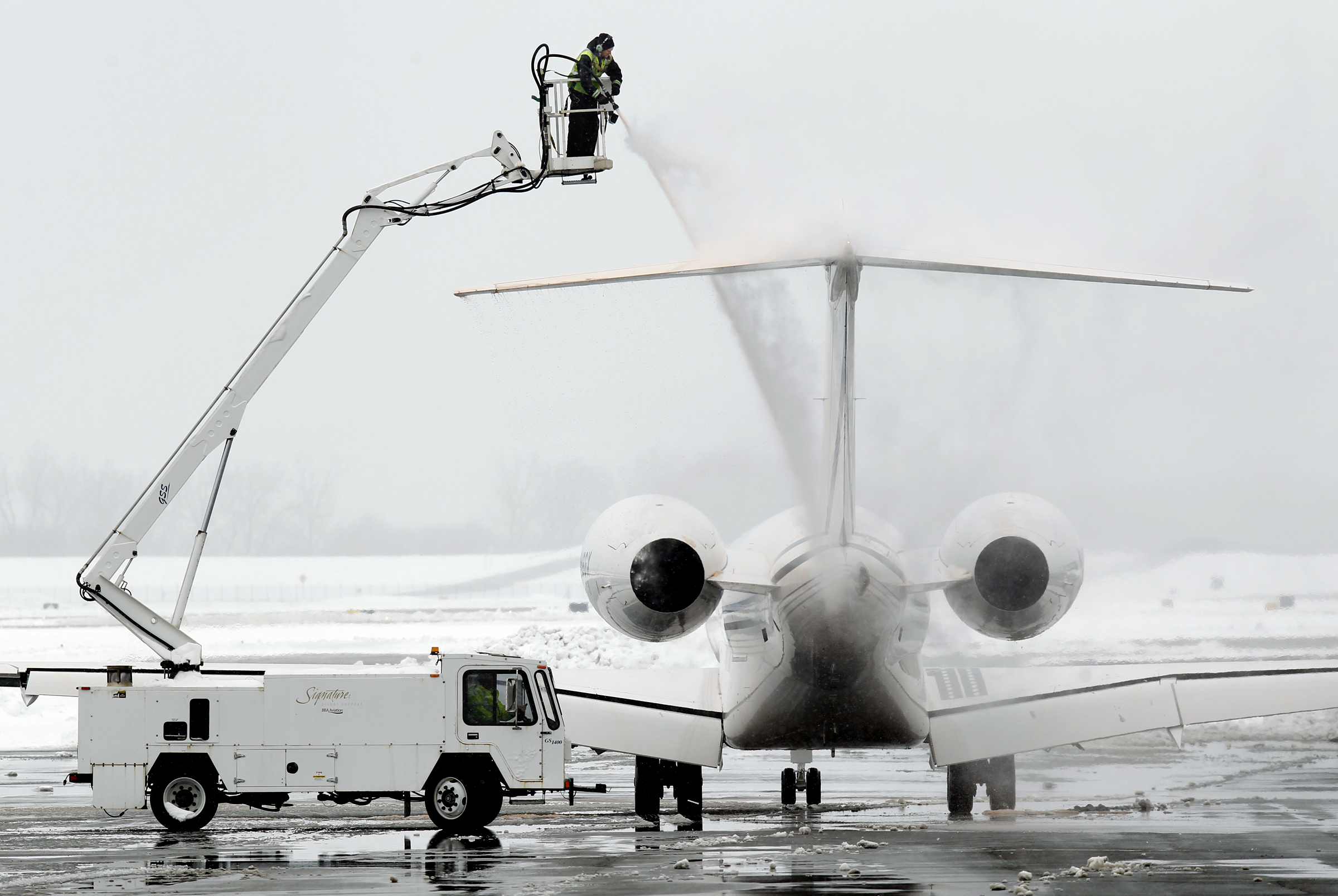Hoping to catch a glimpse of one of the most spectacular wonders our planet has to offer? Jessica Fridrich, a professor of electrical engineering at Binghamton University in New York, recently revealed her top tip to predict the northern lights.
By keeping an eye on a special value known as Bz, which represents the direction of the solar wind's magnetic field, you can predict when the aurora may appear even without a geomagnetic storm.
Fridrich told spaceweather.com in article that was published on Monday that the presence of a "sustained negative Bz" indicates that auroras may appear at mid-latitudes.
Bz is a measure of the direction that the magnetic field of the solar wind is pointing, with a "sustained negative Bz" meaning that these magnetic fields are pointing towards the south. You can keep an eye on the Bz value on spaceweather.com or on other space weather-related sites.
"The interplanetary magnetic field is the magnetic field between the planets in the solar system—and both its strength and the direction in which it is pointing can vary quite dramatically over time. We can break the direction the field is pointing into three components—the three dimensions of space," Jonti Horner, an astrophysics professor at Australia's University of Southern Queensland, told Newsweek.
He continued: "Bx is the component of the magnetic field pointing towards or away from the Sun—so along a line extending from the Sun through the Earth and out into space. By and Bz are the two components of the field that are at right angles to that line—so By measures the strength of the field along the plane of Earth's orbit, whilst Bz measures the strength of the field vertically at the Earth's location (i.e. pointing up or down; where up is the direction that Earth's north pole points at the equinox - i.e. vertically upwards from the plane of Earth's orbit)."
When there is a sustained negative Bz, it interacts with our planet's magnetic field in such a way that cracks open up, allowing the particles of the solar wind to react with our atmosphere and spark the northern lights.
"When Bz is negative, it means that the interplanetary magnetic field points south, which partially cancels the north-pointing Earth's magnetic field," Fridrich told Newsweek. "This opens 'cracks' in our magnetic field through which the solar wind flows and causes auroras that can spill southwards, away from the polar circle become visible in mid-latitudes."

As the charged particles of the solar wind travel along Earth's magnetic field lines, they collide with gas molecules in the atmosphere such as oxygen and nitrogen. These collisions transfer energy to the gas molecules, exciting them.
"As packets of solar wind plasma are injected into Earth's atmosphere they whiz along Earth's magnetic field towards the north and south poles until they encounter thicker atmosphere closer to Earth's surface. The plasma then collides with nitrogen and oxygen causing red and green glows which we call the Northern or Southern lights," Huw Morgan, head of the solar physics group at the United Kingdom's Aberystwyth University, told Newsweek.
The type of gas and altitude determine the color of the aurora. Green light is produced by oxygen at lower altitudes, while red is produced by oxygen at higher altitudes. Purple, pink, and blue light is caused by nitrogen.
Of course, you can also reliably spot the northern lights during powerful geomagnetic storms, which are predicted a few days in advance by the National Oceanic and Atmospheric Administration's (NOAA) Space Weather Prediction Center (SWPC).
Conditions are currently quiet, with "no G1 (Minor) or greater geomagnetic storms are expected," according to the SWPC on Friday in its three-day forecast.
More powerful geomagnetic storms result in the northern lights being seen further south. Those hoping to spy the gorgeous displays are advised to go somewhere as dark as possible, away from the light pollution of cities.
"I would encourage people to give their eyes time to adjust to the darkness (do become dark adapted)—whilst you get most of this adaption in the first five minutes of going out into the dark, it can take more than half an hour to become fully adapted—and the more dark adapted you are, the better you'll see—and so the more chance you'll have to see the aurora!" Horner said.
He added: "Any bright light source (like a torch or a mobile phone screen) will dazzle you and reset that clock, so once you are where you want to be to do your observing, you need to put your phones and torches away, then relax and look up to see what you can see."
Do you have a tip on a science story that Newsweek should be covering? Do you have a question about the northern lights? Let us know via science@newsweek.com.



















:quality(85):upscale()/2024/04/24/878/n/3019466/36c5693c662965c5d1ce91.72473705_.jpg)
 English (US) ·
English (US) ·